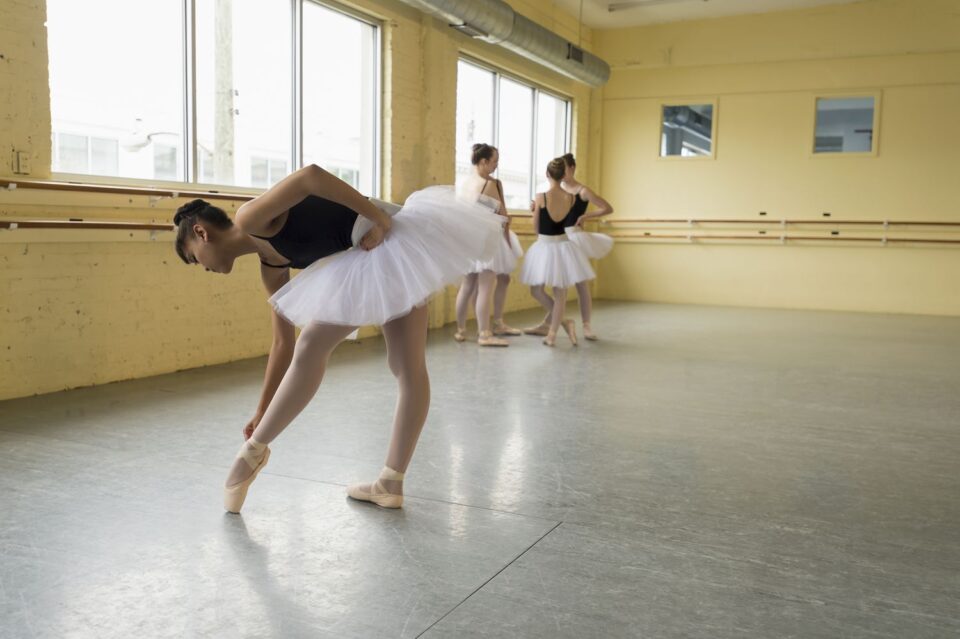As a graceful and beautiful dance form, many parents want their kids to learn ballet from a young age. Learning Ballet for kids can enrich their well being, physically, creatively, and socially when undertaken with the right approach. This article will provide parents a guide to introducing their children to ballet and setting them up for success.
Benefits of Ballet for Kids
Here are some of the key benefits of having kids learn ballet:
- Improves physical abilities like flexibility, balance, strength and coordination through ballet’s movements.
- Develops discipline, focus and listening skills as ballet involves carefully following the teacher’s instructions.
- Boosts creativity and self-expression through interpreting music and conveying emotions through dance.
- Builds social skills and confidence through partner dances and ballet recitals.
- Promotes correct posture alignment and body awareness from a young age.
- Provides a creative outlet for active kids to channel energy productively.
Finding a Children’s Ballet Class
Crucial factors when selecting a children’s ballet class include:
- Qualified Teachers – Look for teachers with years of professional ballet training and experience teaching kids.
- Age Appropriate Classes – Proper kids ballet classes group children by age and ability levels. This allows suitable tailoring.
- Fun & Engaging Style – The class should use imaginative themes, props and music to pique kids’ interest in ballet.
- Proper Facilities – Studios should have proper dance floors, ballet barres, mirrors and space suitable for young kids.
Starting Ballet Lessons
When beginning ballet lessons, here are tips to set your child up for success:
- Help your child understand proper ballet classroom etiquette like raising their hand before speaking.
- Pack comfortable dance clothing that allows free movement along with ballet shoes.
- Ensure your child uses the bathroom beforehand so they can focus without distractions.
- Arrive early to get settled in and do some light warm-up stretches.
- Give encouragement and be patient as your child progresses week by week.
As your child learns ballet, they will begin mastering basic ballet positions and skills. Do not be concerned if progress is slow initially. Complex moves like the five basic foot positions, pliés, tendus, dégagés and battements take time to grasp. Allow your child to advance at their own pace and celebrate small wins. Avoid pressuring them to attain advanced skills quickly, as this can zap enjoyment.
At home, you can supplement class learning gently. Have your child demonstrate their newest steps and provide encouragement. Play classical ballet music at home to immerse them in the artform. Simple barre exercises using a chair back can reinforce technique. Just be cautious not to push too hard outside class. Learning should remain playful.
To spur their interest, take your child to view professional ballet productions like The Nutcracker. Seeing experienced dancers can inspire them to persist with lessons. Share stories of famous ballet dancers like Misty Copeland. For boys hesitant about ballet’s femininity, point out male virtuosos like Mikhail Baryshnikov. Nurture their passion for ballet by exposing them to the highest levels of the art.
With enthusiastic support from parents, ballet lessons can instill poise, discipline and creativity in kids. Enable them to progress at their own pace and revel in each milestone. With the right guidance, ballet can become a lifelong source of joy and accomplishment for children.
In conclusion, ballet provides enormous benefits for young children but needs age-appropriate instruction. Select an engaging ballet class with a skilled teacher. Support your child positively as they learn preschool ballet fundamentals and grow their skills over time.

